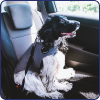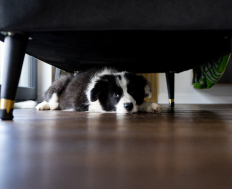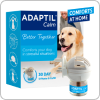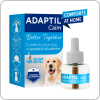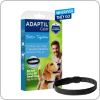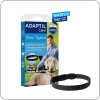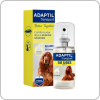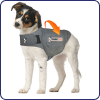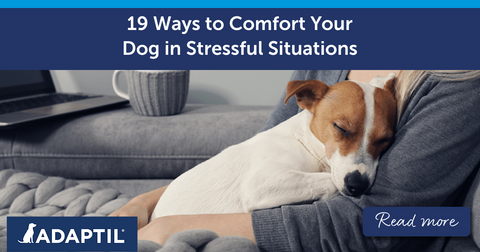
Offering Choice to Dogs Whilst Training: A Happy Dog Expert Explains
Allowing your dog to tell you what they prefer is a notion we tend to put aside when educating them. Very often we tend to think that giving your dog choice risks losing educational control, and could result in a dog that no longer listens to us. But is this really the case?
Or does giving a dog choice improve their well-being and the relationship you have together? We will investigate these questions in this article.
By expert Dog Trainer - Chloé Fesch - ADAPTIL Happy Dog Expert
Why should you give your dog choices?
To have a choice allows both people and animals to feel in control of a situation, creating a better emotional state.
For example, knowing that you can get out of a situation at any time, and easily, helps you feel less stressed. This is why it's essential to allow your dog to be able to clearly let you know when they want a break from training, or to be able to get away from a situation easily. Otherwise their stress level can rise with all the consequences that we know, such as lack of focus and finding ways to protect themselves.
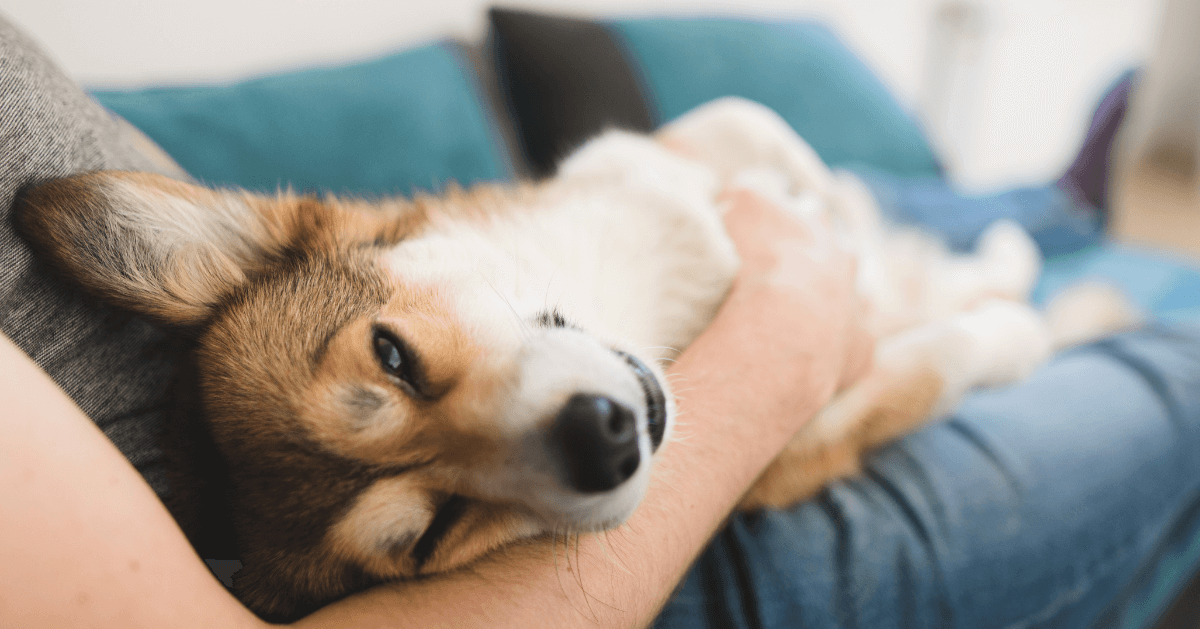
Giving your dog a way out of a situation at any time can be a real solution here, allowing them to express their needs differently and avoid misunderstandings that can lead to an emotional state that would encourage your dog to become defensive.
When caring for our canine companion we must take into account that our dog is a living and sensitive being, and that under our responsibility we tend to control everything in their life. We decide on their meals, outings, activities, etc. Giving your dog the opportunity to make certain choices has the added benefit of you getting to know and understand them more fully, and is a real opportunity for you to live a better life together.
How to give choice to your dog
When interacting with your dog, make sure you give them a way out: allow your dog to stop and get out of a situation whenever they want.
For example, when you pet your dog, stop every 30 seconds and watch your dog's reaction. If they come back for your hand, it means they are okay for you to continue, but if your dog takes this break to move away, they have had enough. It's important to respect this choice and stop the petting session.
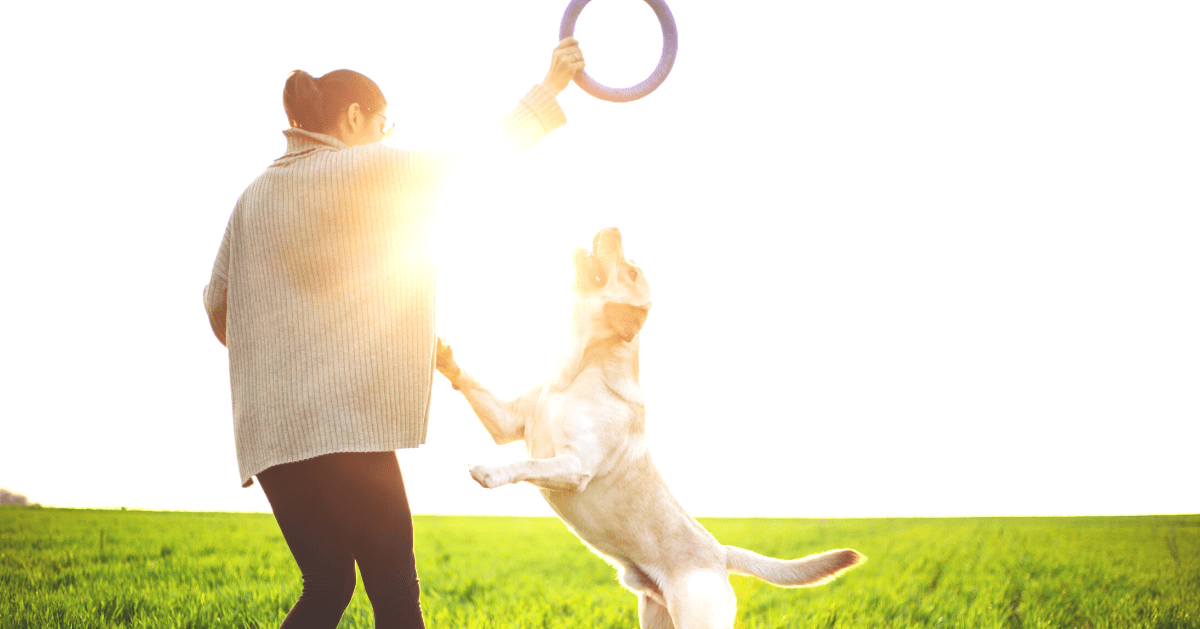
Using this approach, you can also gather information about what your dog likes and dislikes. For example, you can discover where your dog likes to be petted - try petting your dog in different areas, such as on their head, under their throat, on their shoulders, and watch their response when you take a break. Does your dog stay and look for more contact or do they want to move away. Try giving them more choice at playtime as well as training sessions. For example, rather than always choosing which toy to give your dog - present them with options and allow them to select their favourite.
You can also teach your dog that during a training session they can leave if they wish, so that when they stay it is because they have made that choice. This is a useful technique when training a dog to use a transport carrier, for example, when we want to reinforce the action of entering as well as leaving the cage, giving each action the same value, in order to indicate to the dog that entering the carrier is their choice, and thus they do this happily. Once you understand this approach, you can generalise it to other training situations - hugs, games, walks, etc.
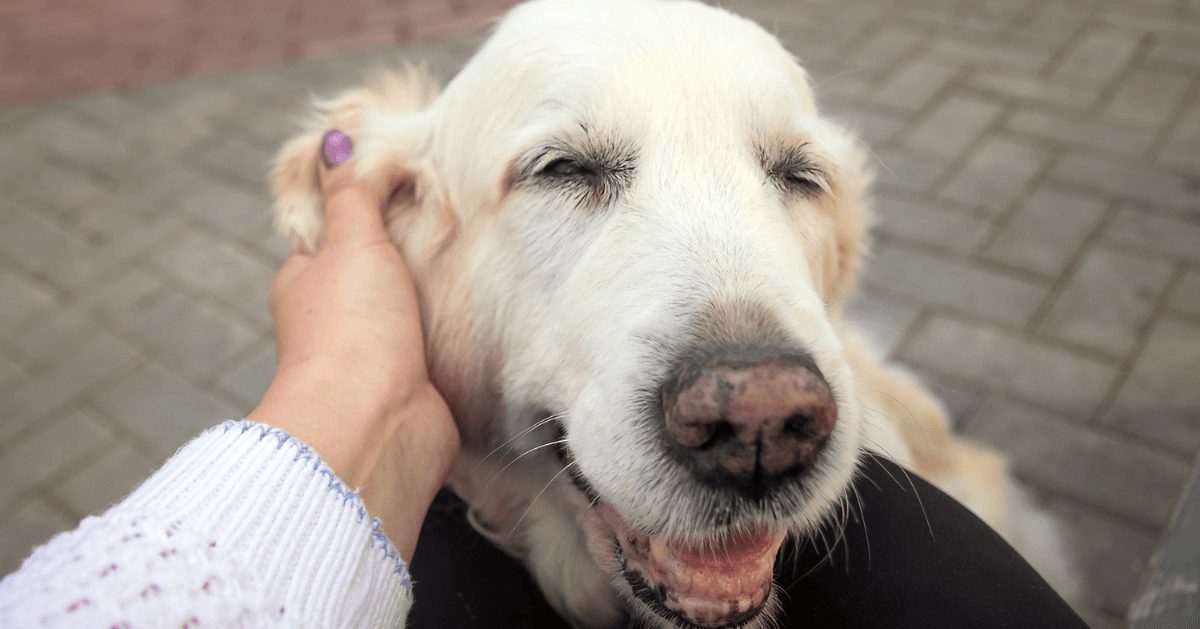
Find the right balance
Giving your dog choice doesn't mean letting them do what they like!
Be careful to avoid extremes. Where we don't want a relationship where you control 100% of your dog's life, you also do not want to provide no educational control to your dog either. At times, it will not be possible to provide a choice for your dog. However, you will find, if you decide to explore this concept with your dog, that in many aspects of your life this is possible, is not at all bothersome and has the additional benefit of greatly improving their well-being.
Are you interested in hearing more dog facts or want to learn more about understanding dog behaviour? Discover our range of Happy Dog Expert articles! You can also stay informed with all our latest guides, ADAPTIL product info, and Q&As by signing up to our newsletter.
